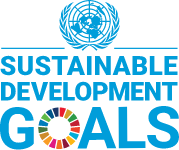KEY TOPICS
POPULAR SEARCHES
Person-to-Government Payments: Lessons from Tanzania’s Digitization Efforts
This case study explores the factors both supporting and impeding the widespread adoption of Person-to-Government (P2G) and Business-to-Government (B2G) payments in Tanzania, focusing on the period from 2012 to 2016.
The paper also extrapolates from these findings to show that digitization of payments could increase Tanzania’s annual tax revenue by at least $477million per year which would help push up the country’s tax/GDP ratio, currently at 12%.
The policy initiatives taken by Tanzania’s Central Bank and actions taken by Tanzanian government agencies and the private sector have provided valuable lessons from which policymakers and businesses in other countries can learn as they go about digitizing P2G and B2G payments.
By digitizing the payments businesses and people make to the government, Tanzania has already:
- Empowered its tourism sector by reducing economic leakage from cash payments, such as conservation park entry fees, by over 40 percent, supporting investment and employment.
- Cut bureaucratic inefficiencies, including reducing import customs clearance times from nine days to less than one day.
- Increased transparency between citizens and governments, by digitizing tax payments which has provided electronic proof of payments and protects people against fraud.


